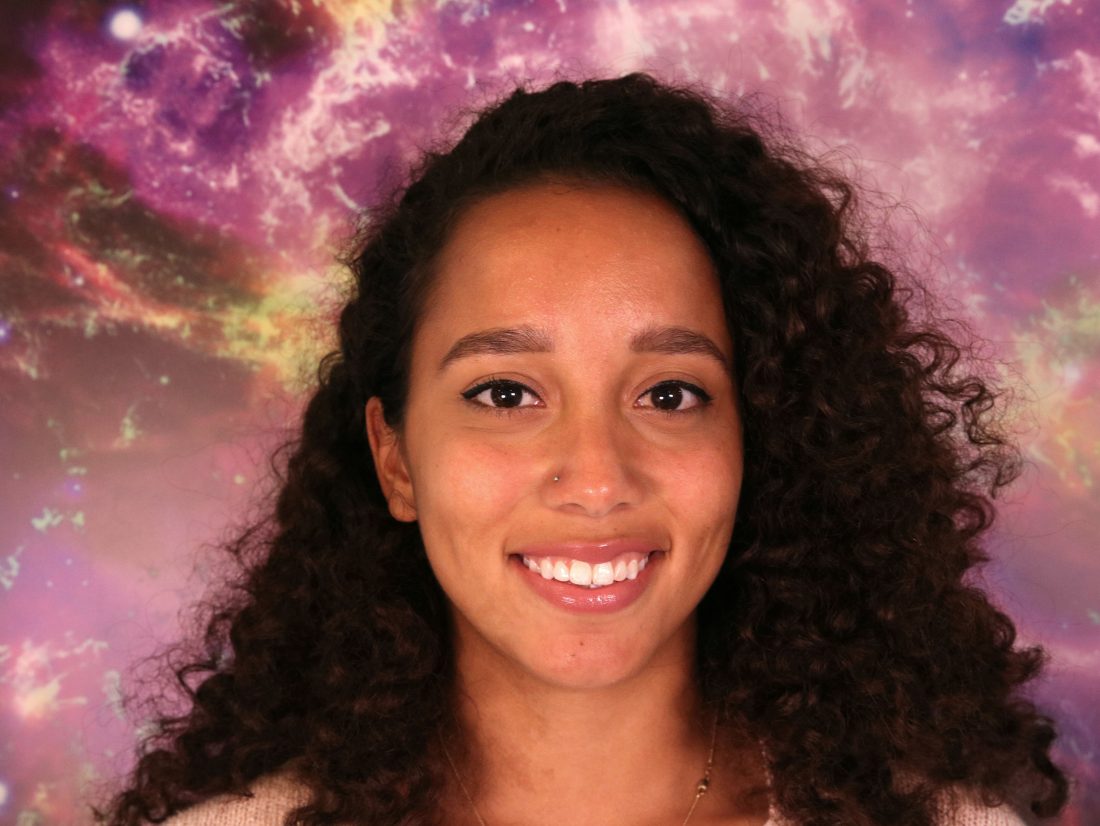Science and Mathematics
Characterization of “HST-Dark” Dusty Star-Forming Galaxies in the MORA Survey
October 8, 2020 at 3:45pm – 4:45pm EDT
Virtual (See event details)
This event has already occurred. The information may no longer be valid.

The Department of Physics welcomes Graduate Research Assistant and an NSF Graduate Research Fellow Sinclaire Manning to present their weekly virtual colloquia. Sinclaire studies the formation and evolution of dusty star-forming galaxies.
Abstract: Our current understanding of star formation and galaxy evolution within the first two billion years of the Big Bang is severely biased toward unobscured star formation tracers and thus limited due to sample incompleteness. Detecting dusty star-forming galaxies (DSFGs) at high redshifts require observations at far-infrared, submillimeter, and millimeter wavelengths, which trace the dust re-processed UV/optical emission from young stars. Within the last year, massive, but optically-invisible DSFGs (called HST-dark as they are undetected in the deepest Hubble Space Telescope images) have been discovered by the Atacama Large Millimeter/submillimeter Array (ALMA) posing new questions for the field such as: 1) How ubiquitous are HST-dark DSFGs in the early Universe? and 2) What do the evolutionary tracks of these HST-dark DSFGs look like; for example, do they evolve into the massive quiescent galaxies which have recently been discovered at z~2-4? The Mapping Obscuration to Reionization ALMA (MORA) Survey is the first program to map a large area at 2mm with ALMA. In this talk I will discuss our 2mm ALMA data, the multiwavelength characterization of two HST-dark sources found in the MORA survey, and the implications this newfound population may have on our understanding of galaxy evolution in the early Universe.
This event was published on September 22, 2020.
Event Details
- Category
- Science and Mathematics
- Type
- Talks
- Region
- Online
- Open to
- Alumni,
- Current Students,
- Faculty
- Organizer
- CAS-Department of Physics
- Contact
- Yudaisy Salomon Sargenton
phyadmin@syr.edu
3154433901
- Accessibility
- Contact Yudaisy Salomon Sargenton to request accommodations
